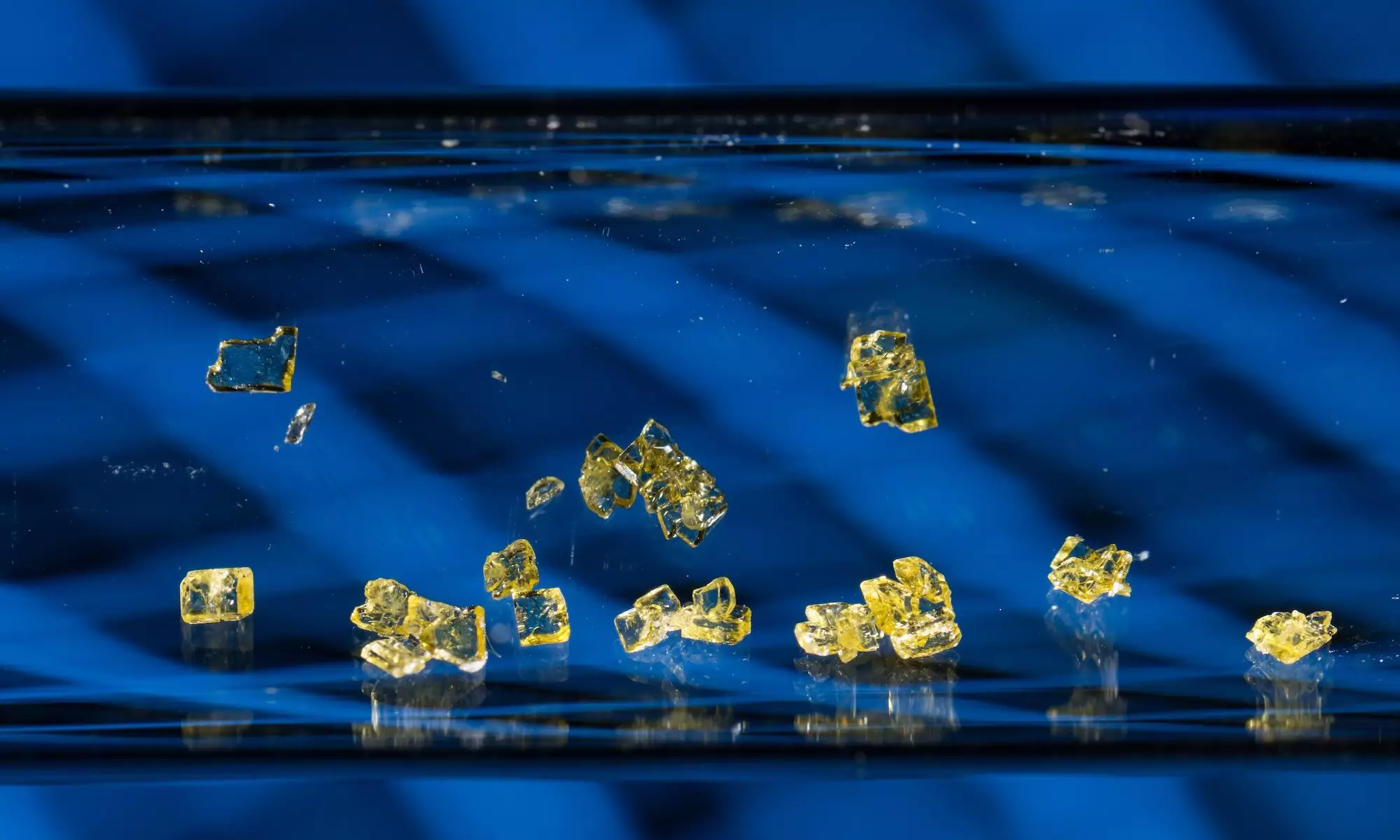The recent research conducted by scientists at the University of Rochester, led by Shauna Paradine, has introduced a groundbreaking method to achieve precision in chemical reactions. This method involves using a chemical “helper” to guide reactions in an extremely precise manner, ultimately leading to more efficient drug development and advancements in material creation. In chemical reactions, the challenge often lies in controlling how molecules interact, especially when there is substrate bias present. Paradine and her team discovered that by utilizing a ligand, they could overcome substrate bias and make reactions more precise.
Ligands play a crucial role in binding to central metal atoms or ions, influencing the properties and reactivity of the resulting complex. In this study, the researchers tested various phosphorus-based ligands to see their effect on reactions involving palladium metal. Only one ligand was successful in switching the selectivity of the reaction, highlighting the importance of selecting the right ligand for precise reactions. By using the ligand-centered approach, the team was able to create a predictive model to understand and control selectivity in reactions.
The implications of this research in drug discovery and development are significant. The ability to finely tune a molecule’s properties is crucial in pharmaceutical research, as it can lead to more effective drug treatments. By simply changing the ligand in a reaction, scientists can now obtain different configurations of a molecule, offering more possibilities for optimizing properties. This approach streamlines the process of creating complex and useful molecules, providing researchers with a wider range of options to explore in chemical space.
The development of precise chemical reactions has paved the way for future applications in various fields. Not only does it hold promise for more efficient drug development, but it also opens up possibilities for creating new materials with extreme accuracy. The ability to control reactions at a molecular level allows scientists to explore uncharted territories in drug discovery and material science, leading to potential breakthroughs in the field. The research conducted by Paradine and her team marks a significant step towards achieving precision in chemical reactions and its impact on drug development.



Leave a Reply